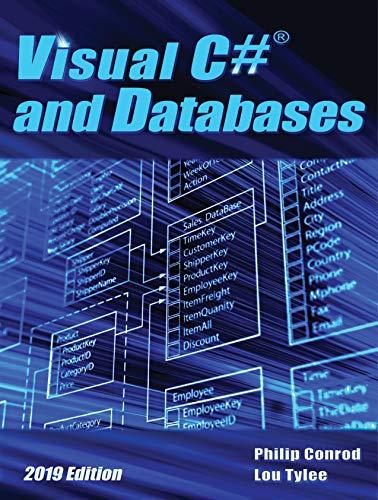Answered step by step
Verified Expert Solution
Question
1 Approved Answer
true and false: N 1.5 is O( N log N ). 1.01 N is O( N 1000 ). 1/ N is O(log N ). log
true and false:
- N1.5 is O(N log N).
- 1.01N is O(N1000).
- 1/N is O(log N).
- log N is O(N).
- N + N is O(N log N).
- In a binary tree every node must have at least one child node. False
- The Binary Search Tree is always a balanced tree. False
- The number of leaf nodes and internal nodes in a binary tree can never be equal.
- The Postorder traversal of a binary search tree (BST) outputs the key values in nonincreasing order.
- In an expression tree, the operators could be at the leaf nodes.
- The deletion of a key in a BST has a higher time complexity than key search.
- A binary search tree (BST) has to be a complete binary tree.
- If a node in a BST has two children, then its Inorder successor has no left child.
- An array that is in sorted order is a Min-heap.
- The array representation of a Min-heap is always sorted.
- In a Btree, the lengths of the paths from the root to all leaf nodes may be different.
- In a Btree, deletion of a key will never alter the height of the tree.
- The complexity of key insertion in a B tree is higher than that of deletion.
- In an AVL tree, the longest and the shortest paths (number of edges) from the root to a leaf do not differ by more than 1.
- In an AVL tree, rotations may not maintain the Inorder ordering of keys.
Step by Step Solution
There are 3 Steps involved in it
Step: 1

Get Instant Access to Expert-Tailored Solutions
See step-by-step solutions with expert insights and AI powered tools for academic success
Step: 2

Step: 3

Ace Your Homework with AI
Get the answers you need in no time with our AI-driven, step-by-step assistance
Get Started


